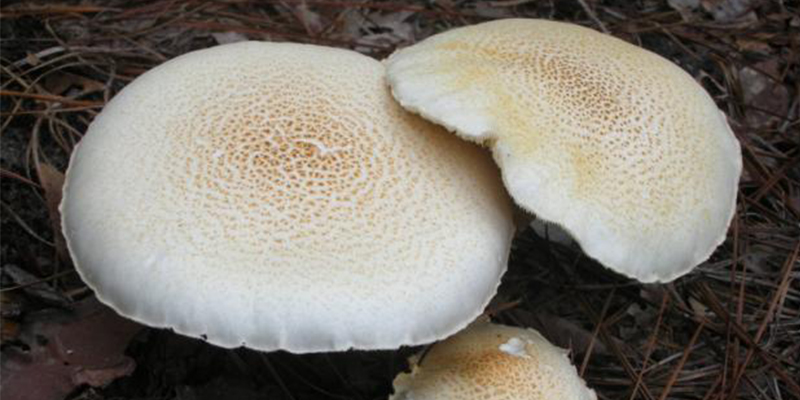Lentinus Tigrinus Cultivation

In the broad fungal kingdom, lentinus tigrinus, a fungus with a distinctive character and unique flavor, has long enjoyed a high reputation in the field of gastronomy and medicine. However, its cultivation and domestication process is very complicated and requires extremely high skill and patience.
lentinus tigrinus, is a large basidiomycete with impressive tiger skin-like markings. They typically grow in fall and winter and prefer to grow on hardwood trees such as oak, maple, and birch. Although lentinus tigrinus have a wide distribution in the wild, they are not easy to collect and cultivate because they are very sensitive to environmental conditions and grow relatively slowly.
The cultivation of lentinus tigrinus usually needs to be carried out in a professional mushroom growing room. First, you need to choose a suitable medium, usually made from raw materials such as sawdust and wheat bran. The medium is then sterilized to ensure that no other fungi or microorganisms interfere with the growth of the lentinus tigrinus.
After inoculation, the lentinus tigrinus requires careful observation and care. Environmental factors such as temperature, humidity, light and carbon dioxide concentration will all have an impact on the growth of lentinus tigrinus. Fluctuations in temperature, uneven illumination, and excessively high or low carbon dioxide concentrations may cause the growth of mycelia to be inhibited, or even die.
The process of domesticating lentinus tigrinus was equally difficult. In the wild, lentinus tigrinus depends on specific trees and other microbes to grow. Therefore, in the process of artificial cultivation, it is necessary to simulate this ecological environment so that the lentinus tigrinus can grow and domesticate smoothly.
The acclimatization process usually takes weeks or even months. During this process, the growth of the lentinus tigrinus needs to be observed regularly and the environmental conditions adjusted as needed. For example, in the early stage, it is necessary to provide enough oxygen to stimulate the growth of hyphae; and in the later stage, the concentration of carbon dioxide needs to be reduced to promote the formation of fruiting bodies.
During this process, care must also be taken to prevent contamination by other microorganisms. Due to the complex culture environment of lentinus tigrinus, it is easily attacked by various microorganisms. Therefore, regular cleaning and disinfection of culture chambers, tools and equipment is essential.
Generally speaking, the cultivation and domestication of lentinus tigrinus is a highly technical work, which requires rich experience and professional skills. Although the process is full of challenges, with the right techniques and methods, it is possible to successfully grow high-quality tiger skin bacteria. So that this delicious and unique fungus can bring more food and medicinal value to humans.

(1)(1).jpg)
 CONTACT
CONTACT